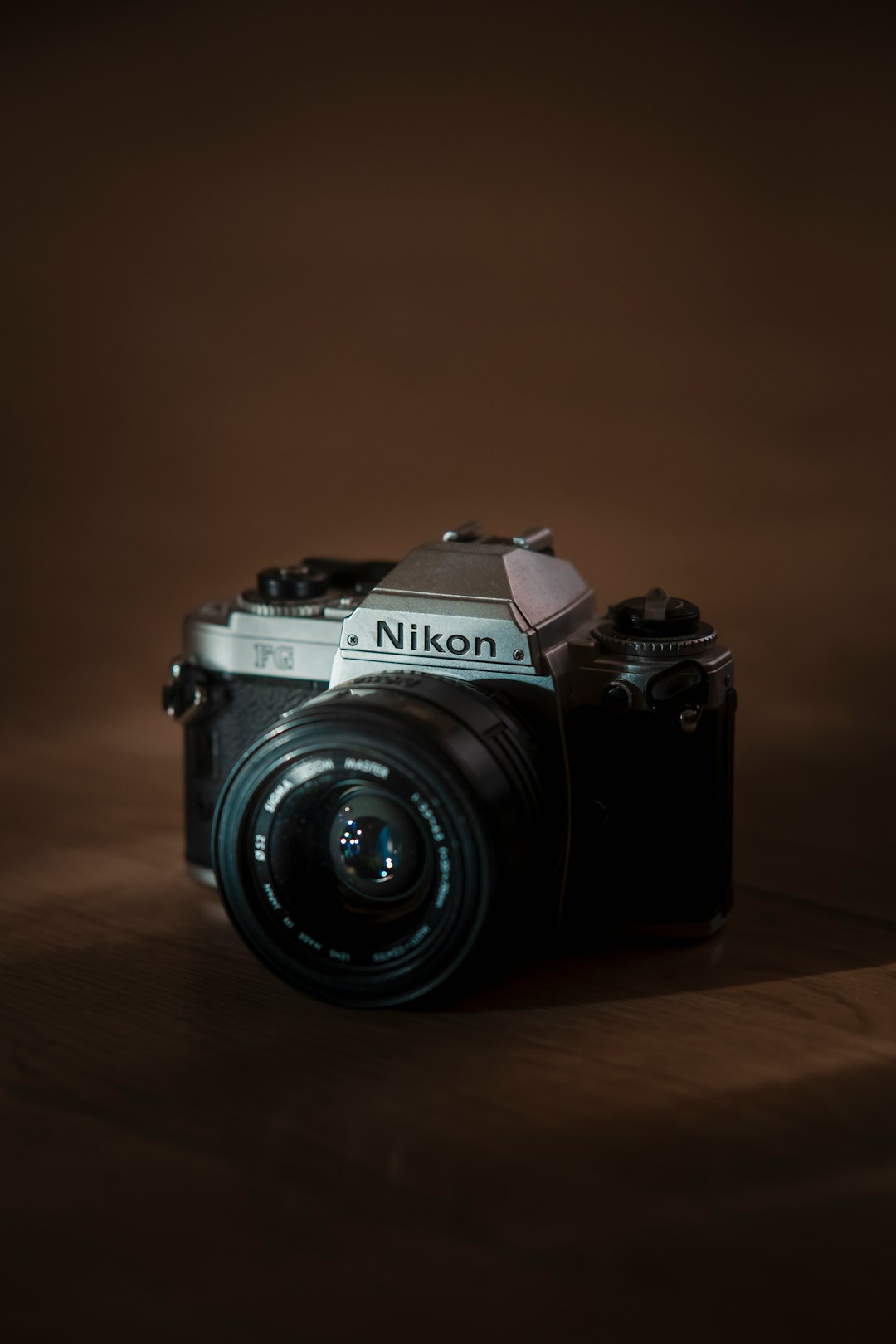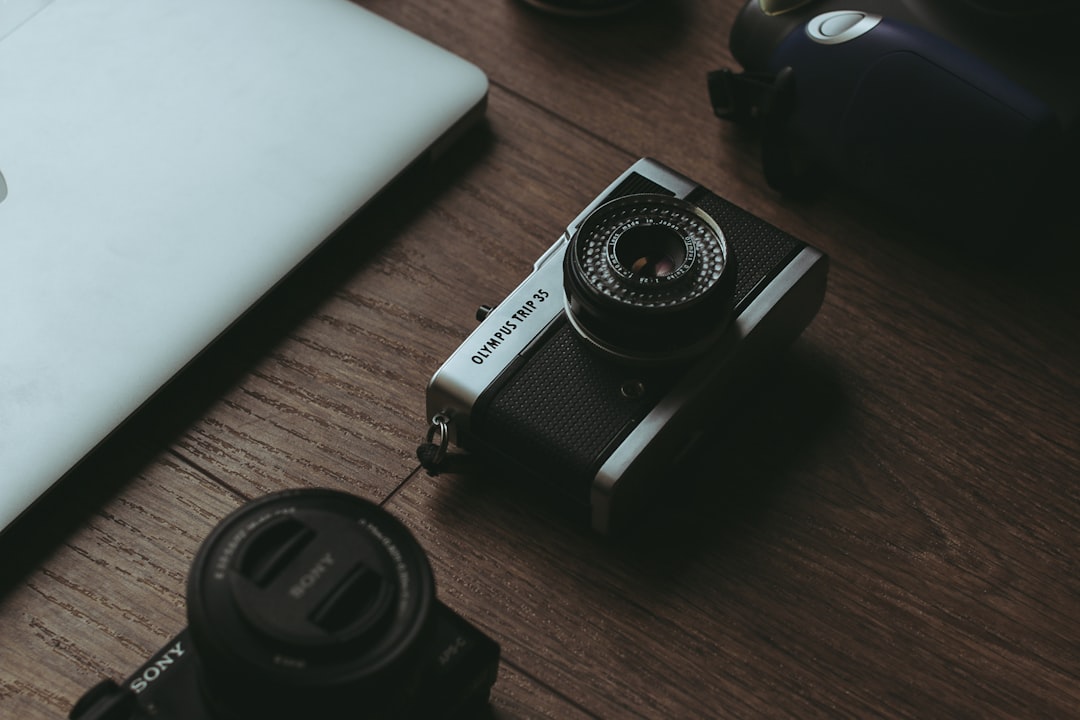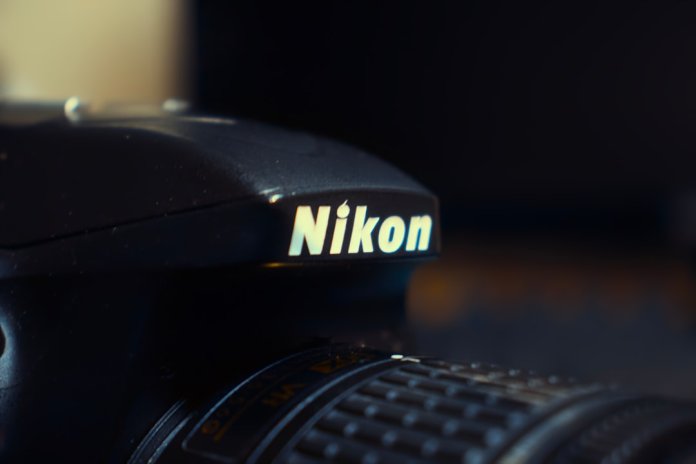If you’re a U.S. photographer working with a Nikon DSLR, chances are you’ve encountered NEF files — Nikon’s proprietary RAW image format. While these files offer extraordinary quality and post-processing flexibility, they aren’t always easy to share or upload to online platforms that commonly prefer JPGs. Whether you’re looking to save storage space, streamline your workflow, or make images easier to share, converting NEF to JPG can be an essential skill in your digital photography toolkit.
This guide will walk you through the most effective and user-friendly methods for converting NEF files to JPG, available software tools in 2025, and tips to maintain image quality during conversion. Let’s dive in!
What Is an NEF File and Why Convert It?
NEF stands for Nikon Electronic Format, a RAW file format that preserves complete image data captured by your camera sensor. This means:
- Higher image quality
- More flexibility in editing (exposure, white balance, color)
- Larger file sizes
However, not all platforms and devices support NEF files, making conversions to JPG — a universally accepted format — often necessary.

Top Reasons U.S. Photographers Convert NEF to JPG in 2025
In the evolving photography landscape of 2025, even seasoned professionals find themselves converting NEF to JPG for several compelling reasons:
- Compatibility: JPGs can be viewed on virtually any device or software.
- Storage Efficiency: JPGs are compressed and significantly smaller in file size.
- Speed in Workflow: Sharing or uploading your shots to websites and social media becomes quicker.
- Client Delivery: Most clients request final outputs in JPG format.
Understanding when and how to switch between formats is part of mastering your photographic workflow.
Method 1: Using Adobe Lightroom Classic
Difficulty: Easy
Best For: Professional and enthusiast photographers
Steps:
- Import your NEF files into Lightroom Classic.
- Make any desired adjustments using Lightroom’s powerful RAW processing tools.
- Select your images, then click File > Export.
- In the Export dialog box, choose JPG as the image format under File Settings.
- Adjust quality, resolution, and naming options as needed, then click Export.
Pro Tip: Set up export presets in Lightroom to save time on future conversions.
Method 2: Using Nikon’s Free Software – NX Studio
Difficulty: Easy
Best For: Nikon shooters looking for native software
Nikon’s NX Studio is free software specifically designed to work with NEF files and offers seamless RAW-to-JPG conversion.
Steps:
- Download and install NX Studio from Nikon’s official site.
- Open your NEF files inside the program.
- Make basic edits if necessary.
- Go to File > Convert Files, then choose JPG as the output format.
- Set your output preferences and click Start.
Advantages: Integration with Nikon color profiles and lens corrections makes NX Studio a smart choice for color accuracy.
Method 3: Batch Conversion with XnConvert (Free & Cross-Platform)
Difficulty: Moderate
Best For: Batch conversions and cross-platform users
XnConvert is a favorite among photographers for its wide format support and quick batch-processing features. It works on both macOS and Windows.
Steps:
- Download and install XnConvert.
- Launch the app and add your NEF files.
- Under the Output tab, choose JPG.
- Set conversion options like quality, naming, or resizing.
- Click Convert to process the files in batch.
Note: XnConvert is lightweight and offline, which is ideal for photographers concerned about privacy.
Method 4: Online Conversion Tools
Difficulty: Very Easy
Best For: Occasional conversions, no software installation
There are several reputable websites that offer online NEF to JPG conversion. Here are some to consider:
- CloudConvert – Supports various formats with customizable settings
- Convertio – Simple drag-and-drop interface, cloud integration
- Zamzar – Trusted and straightforward
Steps:
- Visit the conversion site of your choice.
- Upload your NEF file(s).
- Select JPG as the output format.
- Click Convert, then download the final JPG files.
Important: Do not upload sensitive or high-value images to online converters unless you trust the site’s privacy and data policy.

Method 5: Using macOS Preview or Windows Photos App
Difficulty: Very Easy
Best For: Quick, single-file conversions without any extra software
On macOS:
- Open the NEF file using Preview.
- Click File > Export.
- Select JPG, adjust quality, and save.
On Windows:
- Open the file in the Photos app.
- Click the Edit & Create menu, then select Edit.
- After making minor edits, select Save a copy, then choose JPG.
These options are great for casual users or non-photographers needing a quick format change.
Best Practices for NEF to JPG Conversion
To make sure your converted files maintain high image quality and integrity, keep these tips in mind:
- Avoid Multiple Conversions: Going back and forth between formats can degrade quality.
- Keep Originals: Always archive your NEF files for future edits or prints.
- Check Color Profiles: Ensure sRGB or AdobeRGB is used for web or print consistency.
- Add Metadata: Watermarking or tagging can help protect and organize your images.
Conclusion
By now, you’ve seen that converting NEF to JPG in 2025 has never been easier — and more flexible — with many tools available depending on your needs. Whether you’re a professional looking for batch-processing power or a hobbyist who just needs to convert a few images, there’s a method perfectly suited for you.
Embrace the flexibility offered by NEF files for your creative editing, but don’t hesitate to make them shareable and accessible through JPG conversion. The right tools and practices ensure that your stunning visuals are ready to be appreciated — wherever they’re viewed.
Happy shooting and editing!
